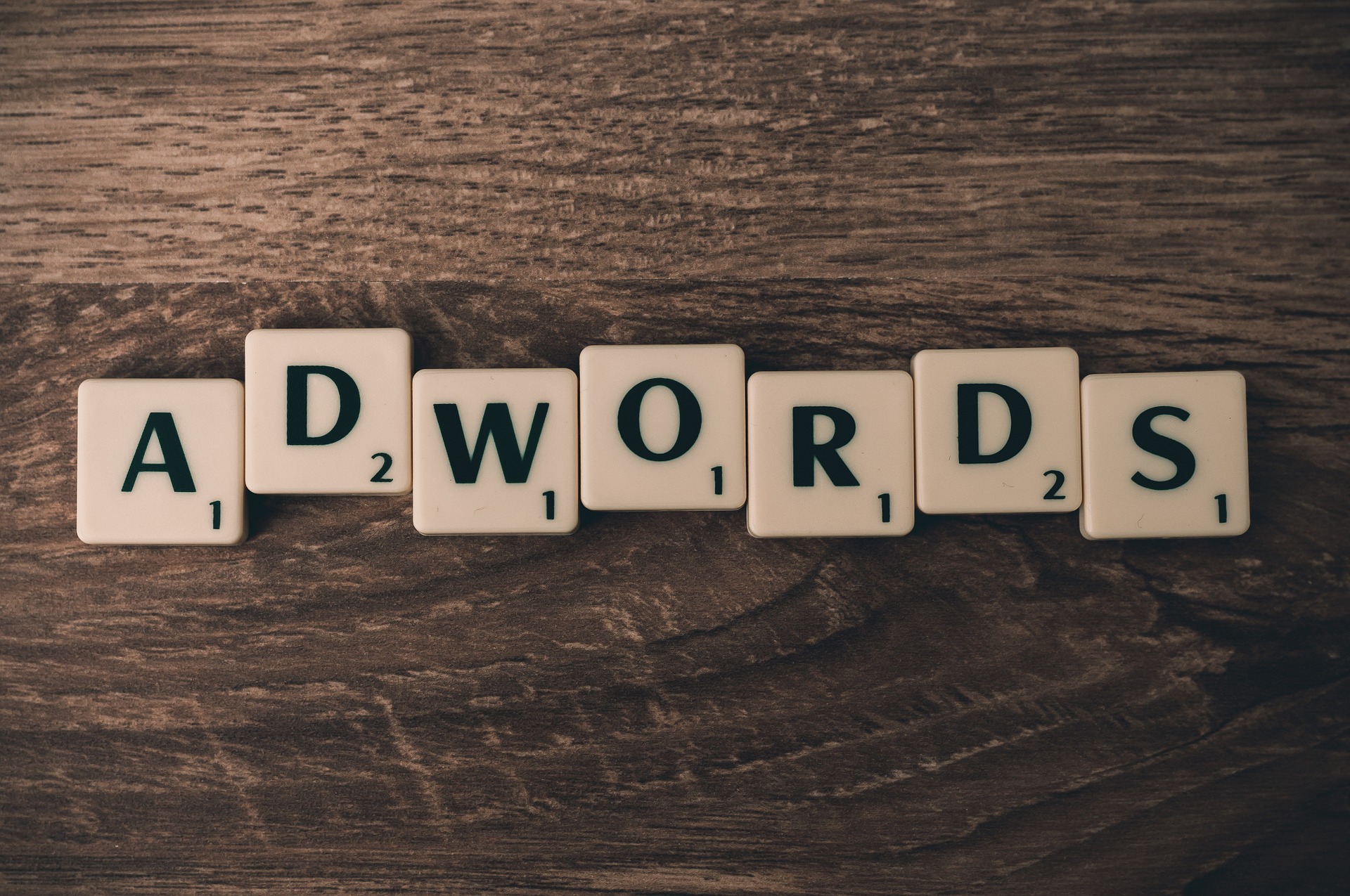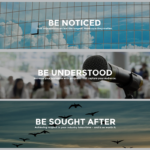Paid Media and PR: A Natural Partnership
The integration of paid media into PR is critical for effective communications in 2016. Here are five reasons why paid media and PR should form a symbiotic relationship.
Paid media is now part of the PR mainstream. We’ve been become advertisers almost by accident, and this is no bad thing; we can now gain a holistic view of activity that was often siloed into departments.
How did we get here?
There are several drivers behind the rise of paid media in PR. As social media platforms such as Facebook and its photo app Instagram sought to improve their revenues, so the chances of ‘organic’ brand reach dwindled. If you want more eyeballs, you have to pay.
Online news sites and bloggers likewise have sought to monetise their presence in various ways in recent years. This has included everything from ‘native advertising’ – much like the online equivalent of the old print advertorial – to sponsored content and monetised exit points, thanks to technology such as Outbrain and Taboola.
As PR has often been the department driving content and placement, plus community management, so it is natural that paid media has crept into our work.
The Benefits of Paid Media
Paid media should not be viewed as yet more money to spend but a really good opportunity not only to reach an interested audience, but also to test how effective your content is.
Here are just some of the benefits of supporting PR and content marketing efforts with paid media:
Increased targeting: PR is great at reaching a ballpark audience by interest – for example, IT managers via the IT press – but paid media enables you to truly segment your audience. Always look to target interest over demographic.
Brand Awareness: As you can target effectively, new audiences can be exposed to your brand and offering. The challenge it to prompt those all-important click-throughs and brand recall.
A/B testing: You can test what works and what doesn’t. It might through up some interesting and unsuspected findings. While running a Facebook ad campaign for an international brand last year I found a particular type of ad image was driving more conversions than others. It appeared more aspirational and people could identify with it more.
Data: A/B testing is possible, of course, because you have access to data: What’s working best for whom and what time of day etc. Coupling the ad click-through data with your website or Facebook data (depending on the target landing page), you can track how effective that content was at achieving its singular objective or its contribution towards wider business goals.
Research: As we get all this data, paid media not only helps build audiences; by interpreting the data we can better hone our wider marketing efforts and measure that effectiveness over time.
So, in effect, ad money spent on paid media should also be viewed as market research budget.
The PESO Model
Absorbing paid media has helped create a holistic view of communications known the PESO (Paid, Earned, Shared, Owned) model, and – while not a new concept – it is becoming a new reality for many in the PR industry.
I am a big fan of this holistic approach. It means PR – and the content and outreach that comes from it – truly is becoming the valued hub of communications; We are absorbing elements from marketing, such as search engine optimization (SEO), and advertising to create a better all-round service for clients.
If you would like to know how paid media could help your communications efforts, please contact digital@paragonpr.com.




Leave a comment:
You must be logged in to post a comment.